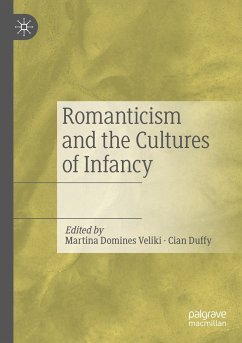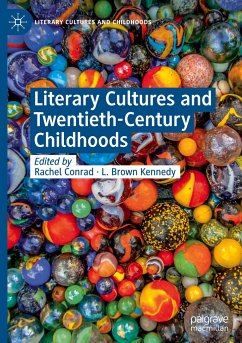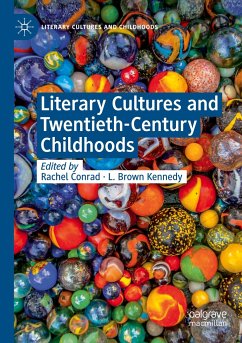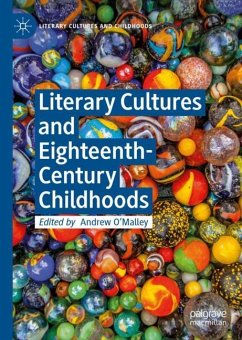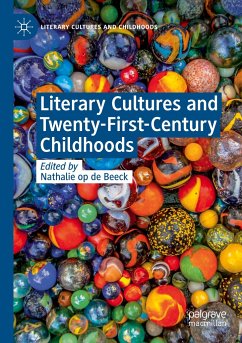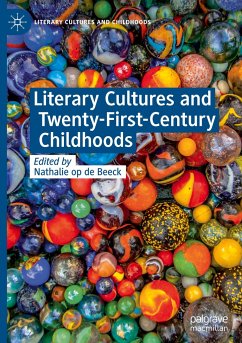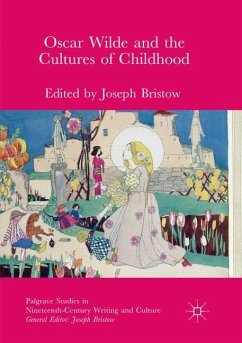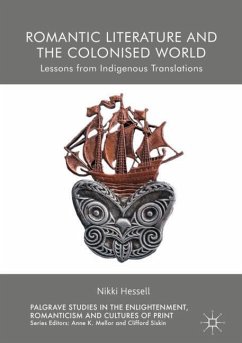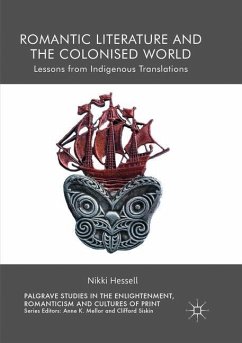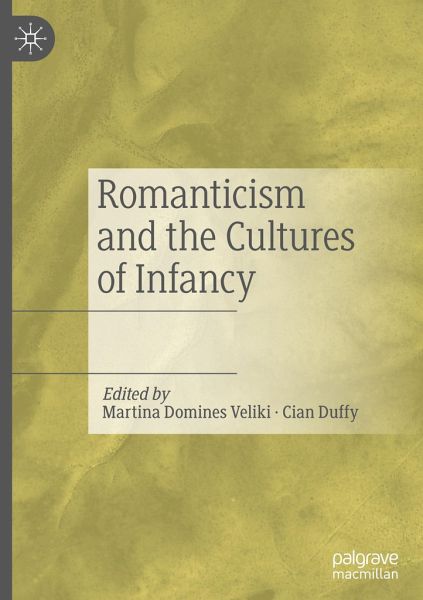
Romanticism and the Cultures of Infancy

PAYBACK Punkte
38 °P sammeln!
This collection of essays explores the remarkable range and cultural significance of the engagement with 'infancy' during the Romantic period. Taking its point of departure in the commonplace claim that the Romantics invented childhood, the book traces that engagement across national boundaries, in the visual arts, in works of educational theory and natural philosophy, and in both fiction and non-fiction written for children. Essays authored by scholars from a range of national and disciplinary backgrounds reveal how Romantic-period representations of and for children constitute sites of compl...
This collection of essays explores the remarkable range and cultural significance of the engagement with 'infancy' during the Romantic period. Taking its point of departure in the commonplace claim that the Romantics invented childhood, the book traces that engagement across national boundaries, in the visual arts, in works of educational theory and natural philosophy, and in both fiction and non-fiction written for children. Essays authored by scholars from a range of national and disciplinary backgrounds reveal how Romantic-period representations of and for children constitute sites of complex discursive interaction, where ostensibly unrelated areas of enquiry are brought together through common tropes and topoi associated with infancy. Broadly new-historicist in approach, but drawing also on influential theoretical descriptions of genre, discipline, mediation, cultural exchange, and comparative methodologies, the collection also seeks to rethink the idea of a clear-cut dichotomy between Enlightenment and Romantic conceptions of infancy.





